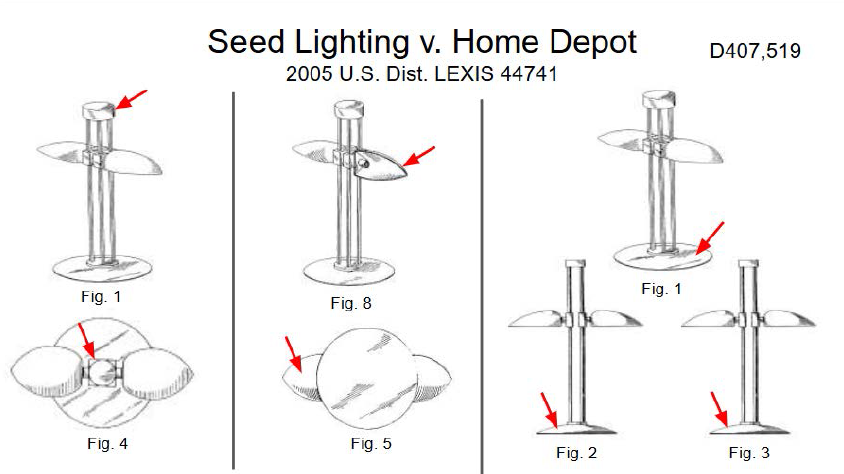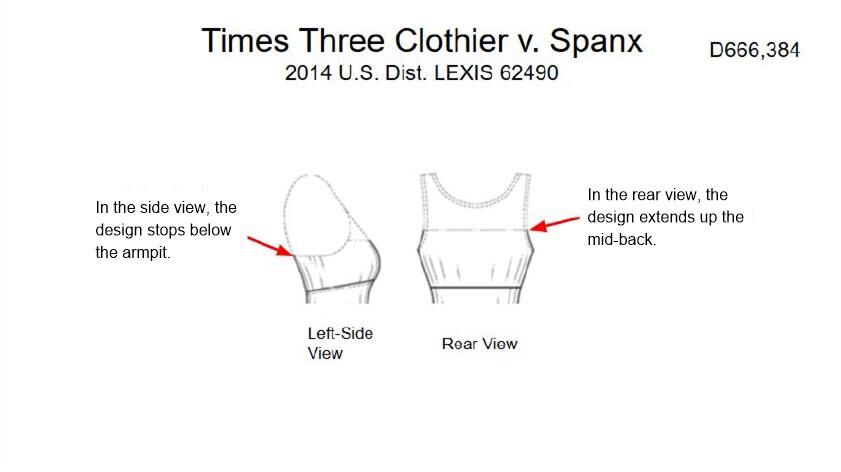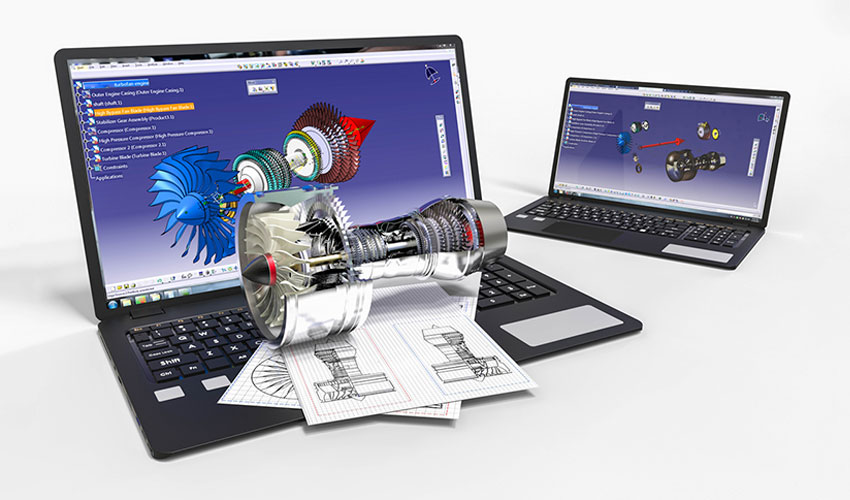Design Patent Danger: How Manual Drawing Practices Can Kill Your Patent — and Your Client’s Case
- IP DaVinci
- Article
- June 6, 2025
Table of Contents
🚨 Design Patent Danger: How Manual Drawing Practices Can Kill Your Patent — and Your Client’s Case
Patent attorneys, beware: manual, inconsistent drawings aren’t just a procedural weakness. They are a litigation landmine — one that can invalidate a patent, sabotage enforcement, and damage your client’s trust.
In the world of design patents, your figures are your claims. No amount of legal brilliance can save a design patent with inconsistent or ambiguous visuals. Unfortunately, many design filings today still rely on manually traced, line-converted, or hand-shaded drawings.
These shortcuts might get a notice of allowance — but in litigation or licensing negotiations, they can crush your client’s rights.
⚖️ Why This Matters to You as a Patent Attorney
- Your client could lose exclusivity despite having a granted patent
- Your enforcement letter might trigger invalidity counterclaims
- You may be blamed for relying on drawings that fail in court
- Opposing experts will weaponize inconsistencies — and win
This isn’t theory. It’s been tested — and lost — in real federal cases.
🧨 CASE 1: Seed Lighting v. Home Depot
Design drawings looked fine — until litigation exposed fatal flaws

The attorney filed drawings that passed USPTO review. But Home Depot’s litigation team discovered:
- Shrinking parts across views
- Missing contours
- Conflicting thicknesses
Even the inventor couldn’t explain what was claimed.
❌ “The top disk appears full-size in Figure 1, but shrinks in Figure 4.”
❌ “The base is flat in one view, domed in another.”
❌ “Wall thicknesses differ figure-to-figure.”
Outcome: Patent fell apart. The court found it indefinite and unenforceable.
🧨 CASE 2: Times Three Clothier v. Spanx
Line-type errors killed multiple patents

The drawings showed inconsistent use of solid vs. broken lines — a common error when done manually.
❌ “The claimed portion in one view doesn’t match the others.”
❌ “Different figures suggest different scope.”
Outcome: The court invalidated two patents, citing lack of clarity.
⚠️ Manual Drawing = Long-Term Liability
Manual workflows — tracing, Photoshop edits, Illustrator hacks — cannot guarantee cross-view consistency. You are one small line away from:
- Involuntary narrowing of your client’s protection
- Total invalidation for indefiniteness
- Failed enforcement, even against clear knock-offs
- Malpractice exposure if clients blame the loss on the filing quality
✅ How to Protect Your Clients (and Yourself)
1. Start with 3D Models
Every view should be auto-generated from a single, clean geometry. No guessing, no inconsistencies, no cross-view mismatches.
🎯 The gold standard in enforceable design patents is model-driven drawings.
2. Automate Line-Type Conversion
Converting solid to broken lines across 7–10 views introduces too much risk when done by hand. Automation ensures precision and consistency.
3. Use Programmatic Shading
Hand-applied stipples or hatching often introduce uneven patterns. Courts can — and will — interpret this as unclear visual disclosure.
🧠 Inconsistent stippling = inconsistent surface representation = indefiniteness.
🧠 Strategic Takeaway for Attorneys
If you’re prosecuting or enforcing design patents:
- Audit current and past filings for view inconsistencies
- If necessary, file a continuation with corrected figures
- Ensure future filings follow litigation-ready drawing standards
- Vet your drawing provider — do they use manual methods? If yes, your risks multiply
🛡️ Your Visuals Are Your Claims
Your words don’t define the design. The drawings do.
In design patent litigation, precision is everything. If your figures contradict each other — even subtly — you could lose:
- Your injunction
- Your damages
- Your client’s trust
Don’t risk it.
✨ Meet STIPPLES by IP DaVinci
A new standard in design patent drawings — engineered for enforceability.
STIPPLES delivers:
- 3D model–driven, geometry-consistent figures
- Auto-converted line types across all views
- Clean disclaiming & auto-generated callouts
- Perfect stippling and fast delivery
🚀 Protect Your Client. Protect Your Case.
Don’t gamble on drawings. Use STIPPLES for precision, clarity, and peace of mind.
📚 Sources & Further Reading
- Carani, C. V. “Design Patent Drawing Failures.” WSPLA Presentation (PDF)
- Ferrill, E. D. “Inconsistent Girdles Present Major Hurdles.” Finnegan Article


